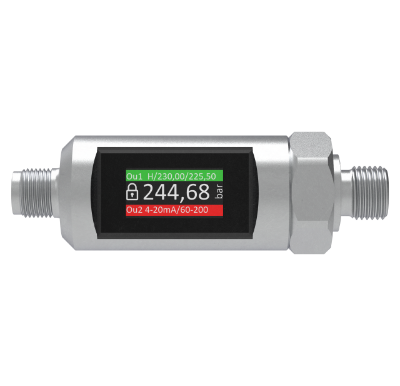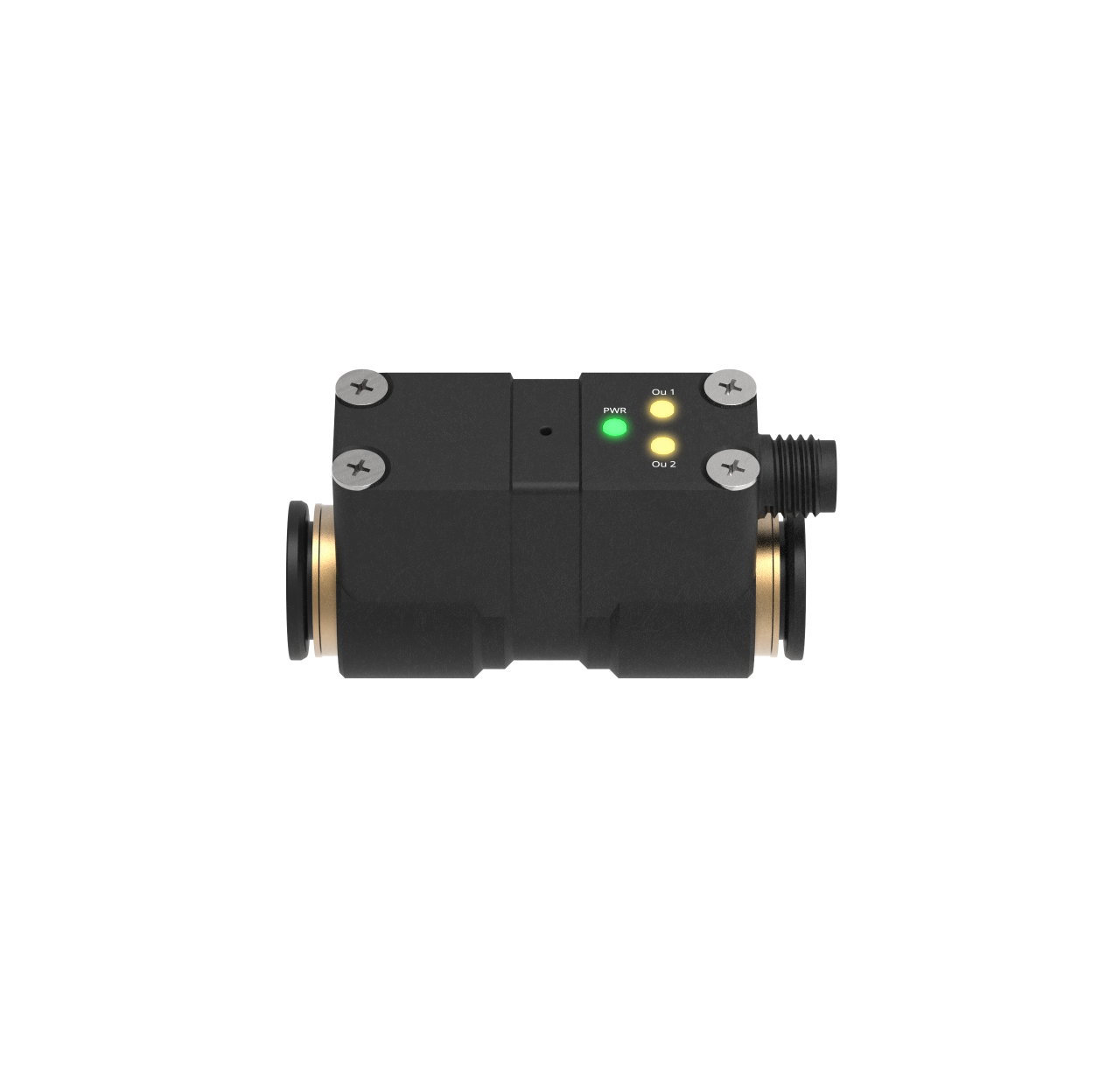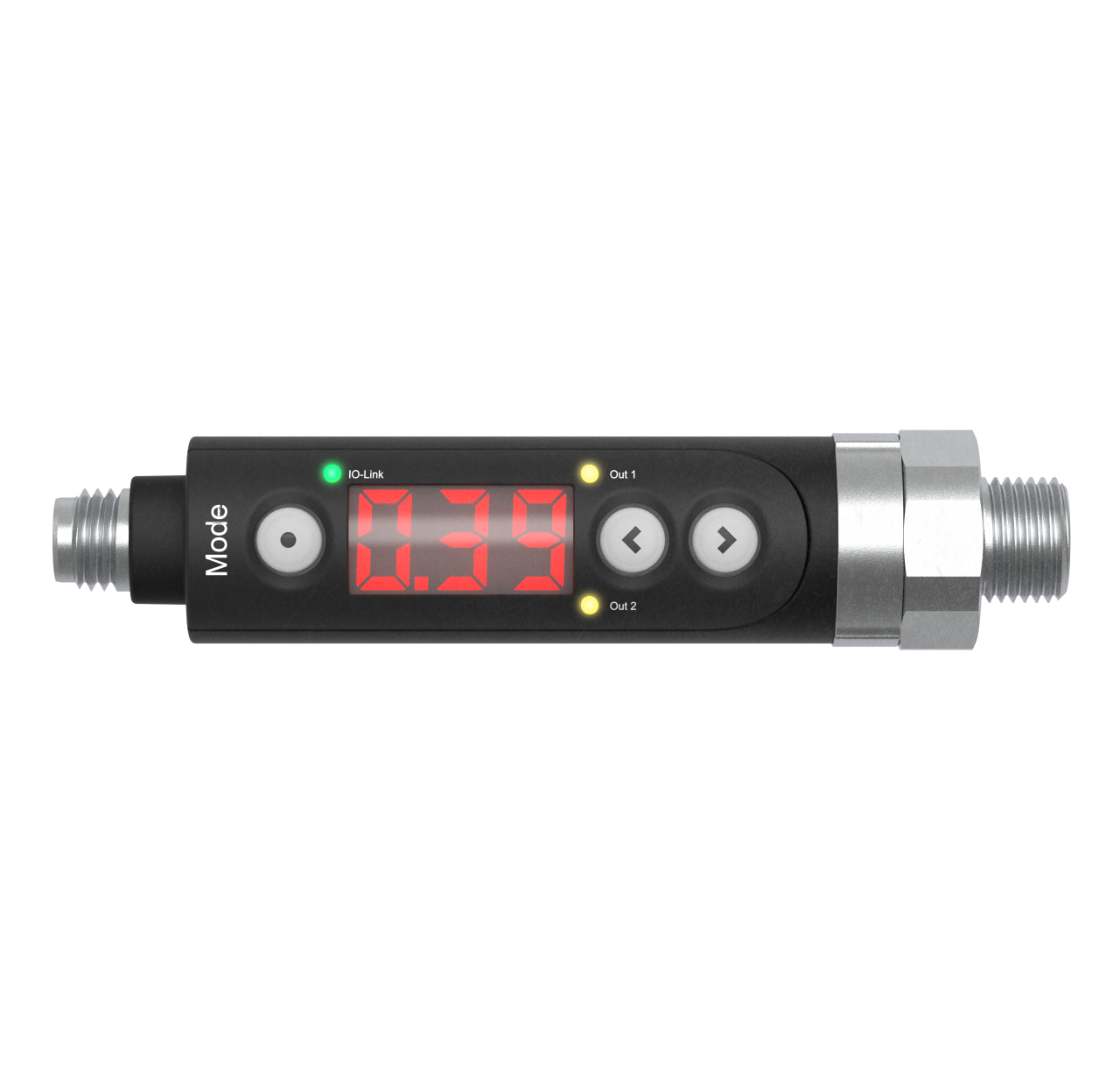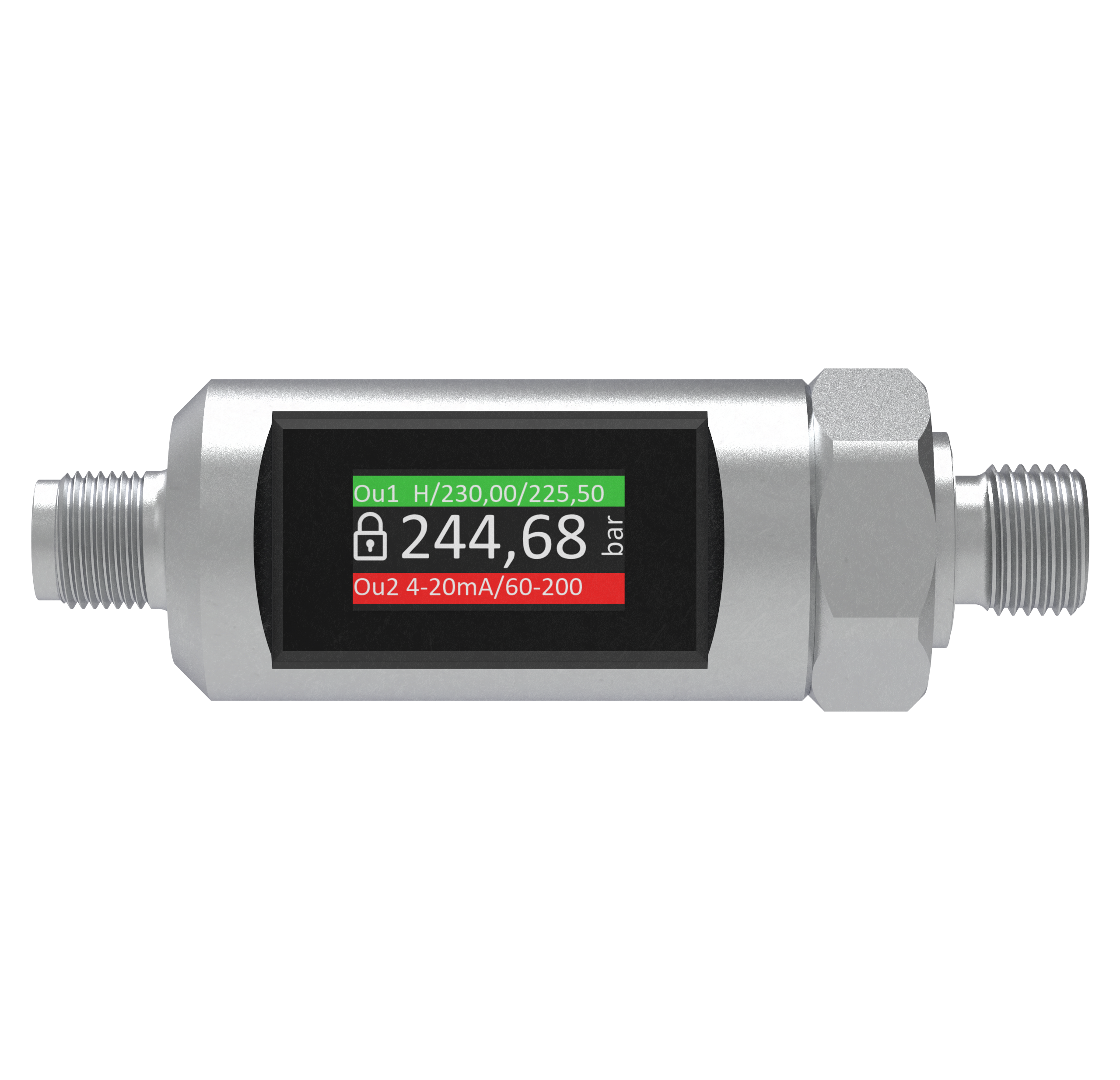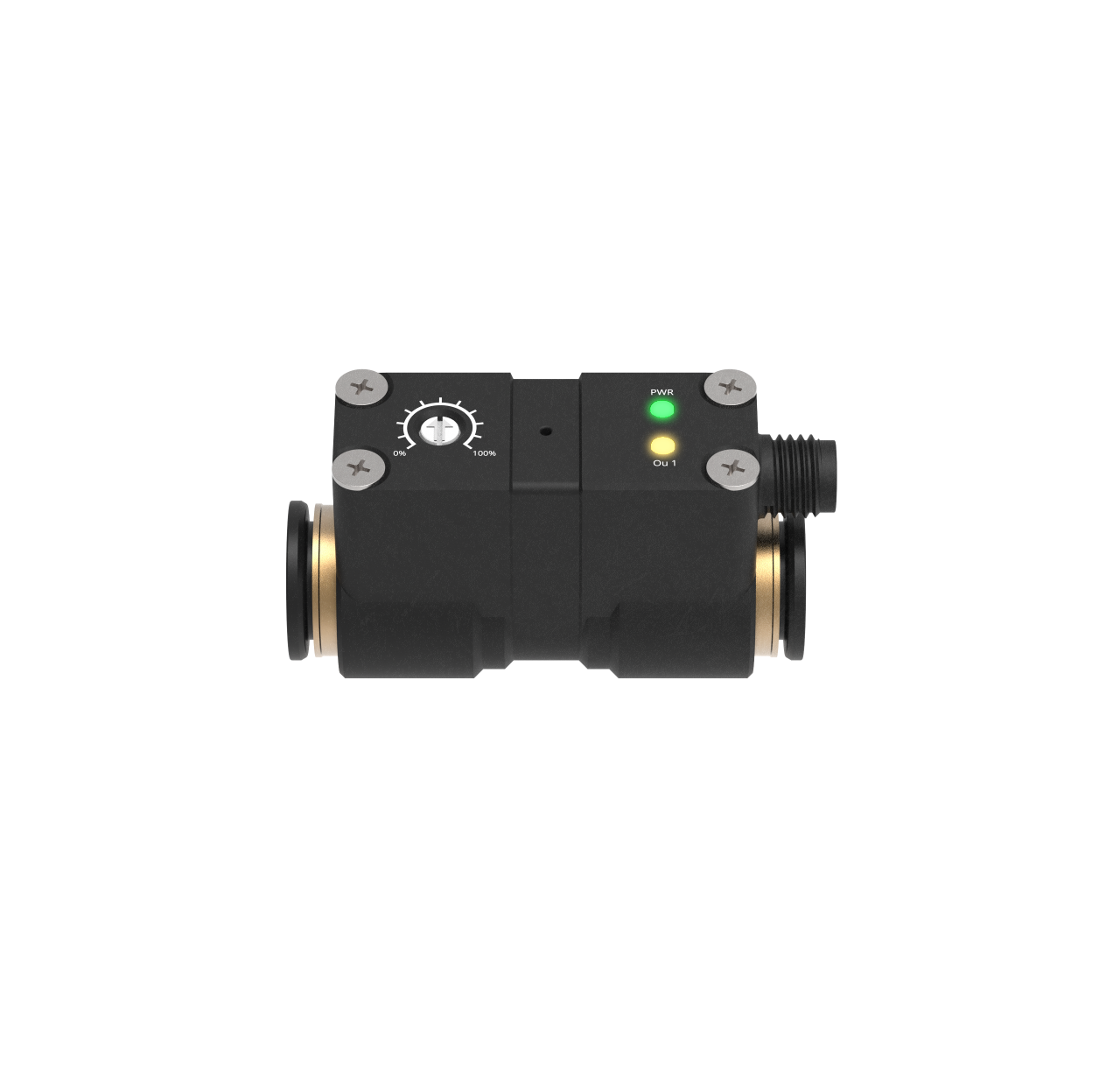Difference between mechanical and electronic pressure switches
Pressure switches are widely used in industry and are used to monitor liquids and gases in machines, systems and processes. There are two basic types of pressure switches: mechanical and electronic pressure switches.
Special features of mechanical pressure switches
Mechanical pressure switches are generally simple and inexpensive. They are often characterized by their robustness and have a mechanical switching contact (potential-free). The switching point of the switching contact is either preset or individually mechanically adjustable. The reset point or hysteresis is not adjustable. When a certain pressure is reached, the switching contact is activated. The special feature here is that the sensor does not require a power supply. Mechanical pressure switches are often used to switch high currents. However, they are not suitable for switching very low voltages (PLC / modern electronics).
Electronic pressure switches generate an electronic switching signal or signals. The main advantage of electronic pressure switches is their flexibility of use. For example, it is possible to set the switching points and reset points. Furthermore, the switching logic (NO/NC), an on/off delay and the function (hysteresis or window) of the outputs can often be set. Electronic pressure switches often have pressure displays or status displays for the outputs. Modern, smart electronic pressure switches also feature the latest technologies such as IO-Link. If machines have programmable logic controllers, an electronic pressure switch is usually used.
More about electronic pressure switches here.
Main differences
The main difference lies in the use and technology of the outputs. Mechanical pressure switches switch high currents, for example on pumps. Electronic pressure switches output digital/electrical switching signals, which are processed by programmable logic controllers, for example. Another difference is the adjustability of the switching points. With mechanical pressure switches, only the switching point can be adjusted. The reset point is fixed. With electronic pressure switches, both the switching point and the reset point and much more can be set, which means that the switch can be better adapted to customer-specific requirements.
Measuring range: -1...600 bar
Measuring cell: ceramics
Output: 2xPNP/NPN/Push-Pull, 4...20 mA, 0...10 V, 1...10 V



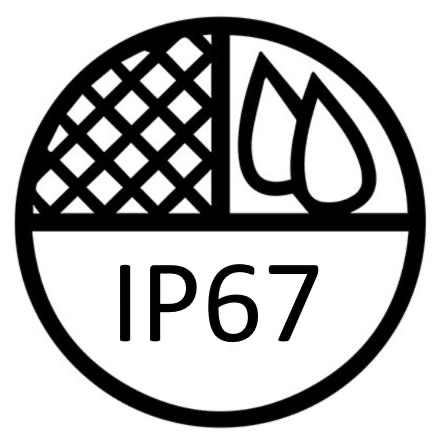
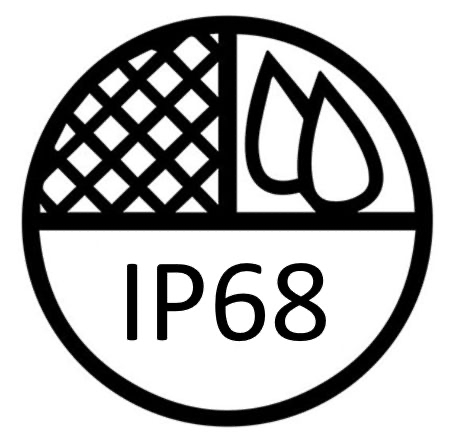

Measuring range: -1...12 bar
Measuring cell: piezoresistive / silicon
Output: 2xPNP switching output





Measuring range: -1...12 bar
Measuring cell: piezoresistive / silicon
Output: 2xPNP + IO-Link, 1xPNP




